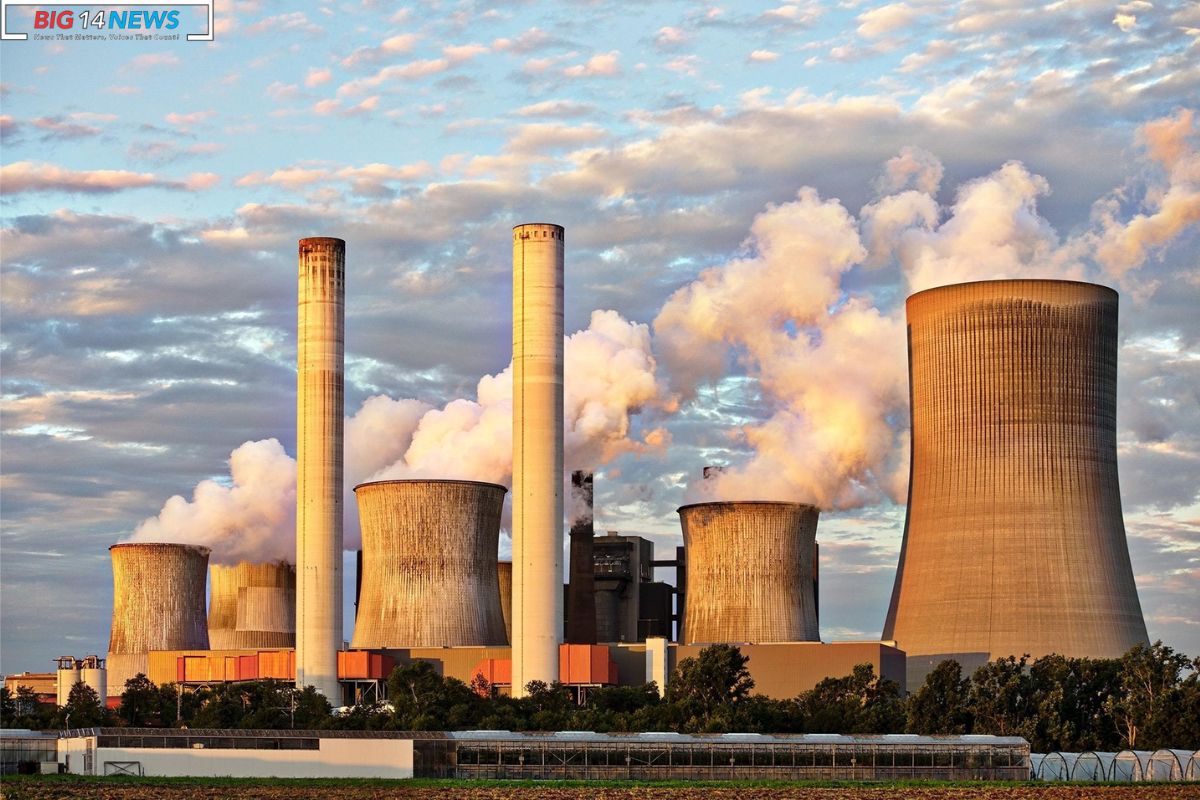Alabama Coal Plant Retains: In West Jefferson, the pulse of life beats beneath the watchful eye of Alabama Power.
A small town, home to fewer than 500 residents, unfolds within its one-square-mile perimetera mere 20-minute drive northwest of Birmingham. In this close-knit community, simplicity reigns. Modest homes punctuate the landscape, their occupants offering friendly waves to passing cars. The essentials of a Southern hamlet are presenta Dollar General, a Baptist church, and an elementary school. However, amid this typical scenery, a colossal presence casts its shadow.
Across the Locust Fork of the Black Warrior River from West Jefferson stands the towering James H. Miller Jr. Electric Generating Plant, a coal-fired behemoth dominating the rural Alabama horizon. Unveiling a familiar narrative, recent data from the U.S. Environmental Protection Agency (EPA) designates this plant as the single largest greenhouse gas emitter in the nation, a title consistently held in preceding years.
Despite this ominous distinction, conversations about Alabama Power’s impact on the town are met with guarded silence. The economic influence of the utility manifests itself in the Dollar General parking lot, where residents, while frequenting the store, choose not to publicly discuss the plant’s implications on health and life. The Miller Plant, employing over 300 individuals, casts a protective cloak over such reticence.
“There’s too much to lose,” muttered a resident leaving the dollar store one Tuesday afternoon. “Ain’t nobody gonna talk.”
EPA data for 2022 reveals that the Jefferson County plant released nearly 22 million metric tons of greenhouse gas pollutants, including over 21 million tons of carbon dioxide, 62,000 CO2-equivalent metric tons of methane, and 108,000 CO2-equivalent metric tons of nitrous oxide. These greenhouse gases contribute to climate change by trapping heat in the atmosphere.


ALSO READ: Wheeler Lake Cleanup: Alabama Joins the Keep the Tennessee River Beautiful Effort
While carbon dioxide is the primary greenhouse gas emitted in Alabama and the U.S., methane possesses over 80 times the warming power of CO2 in the two decades post-release. Nitrous oxide, known as laughing gas, can linger in the atmosphere for over a century, potentially depleting the ozone layer.
For perspective, Miller’s annual carbon dioxide emissions surpass those of the entire country of Guatemala, according to global data.
In response, a representative for Alabama Power emphasized Plant Miller’s pivotal role in providing electricity to customers, citing its status as among the largest and most efficient units in the nation.
However, questions about any retirement plans for the power plant remained unanswered.
While Alabama Power’s parent company aspires to achieve net-zero greenhouse gas emissions by 2050, a recent Sierra Club report assigns the utility an “F,” denoting minimal progress in transitioning away from fossil fuels. The report reveals that only 2 percent of coal and gas generation is slated for replacement by renewable energy through 2030.
Criticism from environmental groups and residents extends beyond emissions to water and air pollution around Alabama Power’s facilities. Public opposition, notably in a September EPA hearing, centered on the utility’s approved plan to store coal ash, a toxic byproduct, in unlined pits near waterways.
EPA data indicates elevated health risks for residents near Alabama Power facilities, with heightened cancer and respiratory hazard risks. Despite reticence from residents, complaints submitted to the Jefferson County Department of Health highlight concerns about conditions in residential areas surrounding the Miller Plant.


Christina Andreen Tidwell, a senior attorney for the Southern Environmental Law Center, criticizes Alabama Power’s performance in EPA emissions data, deeming it “shameful.” Tidwell advocates for cleaner, renewable options and questions the utility’s commitment to combating climate change.
Evidently, Alabama Power’s approach to greenhouse gas emissions raises concerns, with calls for increased transparency and a shift toward cleaner energy sources. The sheer scale of pollution prompts reflection on the utility’s environmental impact, leaving observers to ponder the future path of Alabama Power amid a regulatory and political landscape that appears conducive to its current practices.
Also Read: Alabama State Treasurer: Responds to Birmingham-Southern College Loan Denial Criticism
Our Reader’s Queries
Are there any coal power plants in Alabama?
In 2021, Alabama produced 144,967 gigawatt-hours of electricity with a total summer capacity of 28,911 megawatts. The energy mix in 2022 was 41.9% natural gas, 28.4% nuclear, 17.4% coal, 6.8% hydroelectric, 2.1% biomass, and 0.6% solar.
What is the generating capacity of Alabama power?
Alabama Power’s Generation division covers the areas it serves, with ownership or operation of almost 80 electric generating units and 26 facilities, boasting a total peak capacity of over 14 million kilowatts to meet the needs of the company’s 1.5 million customers.
Where does power come from in Alabama?
Alabama is home to seven of the top 10 largest power plants based on capacity, with six of them being the biggest in terms of yearly electricity production, all fueled by natural gas. The Browns Ferry power plant also boasts the second-highest nuclear power generating capacity in the entire country.
